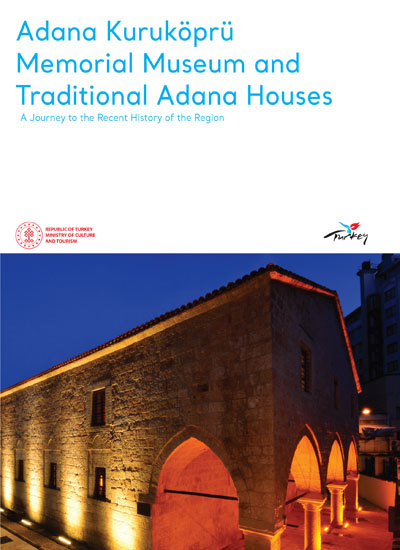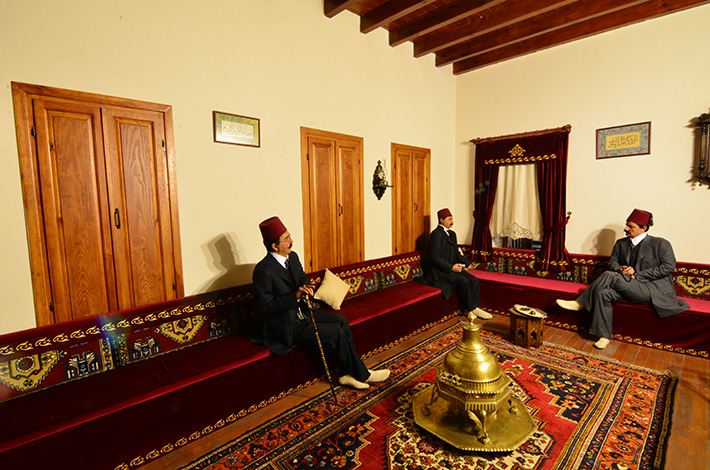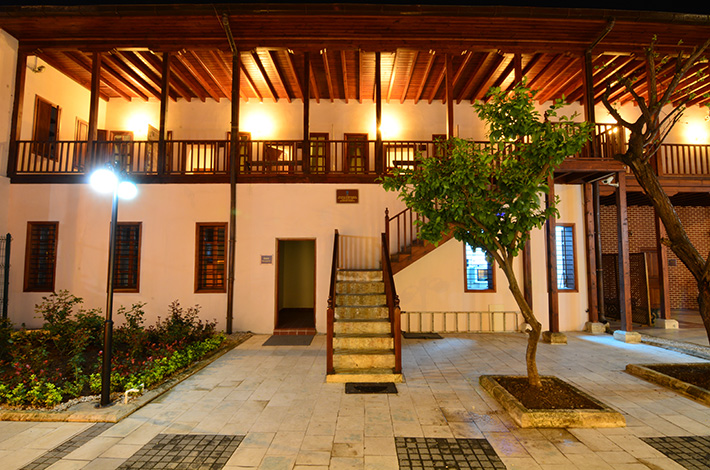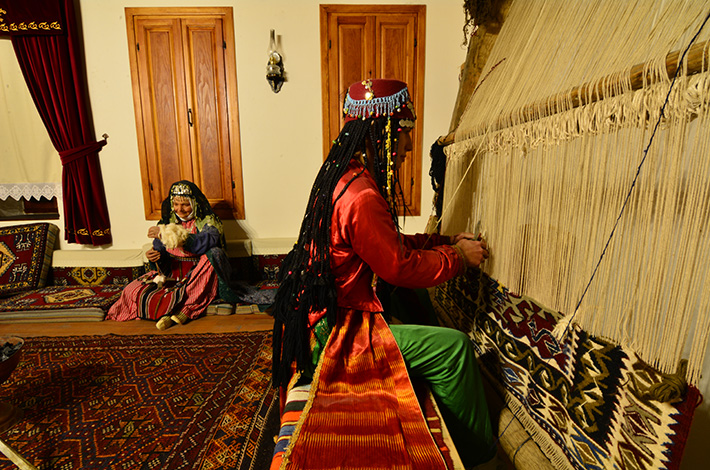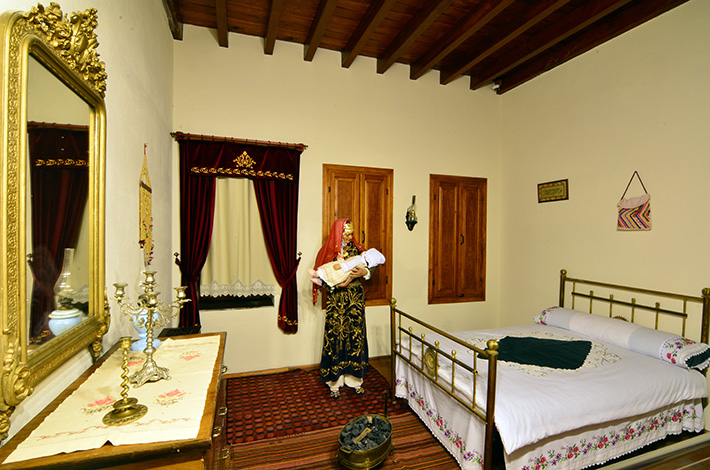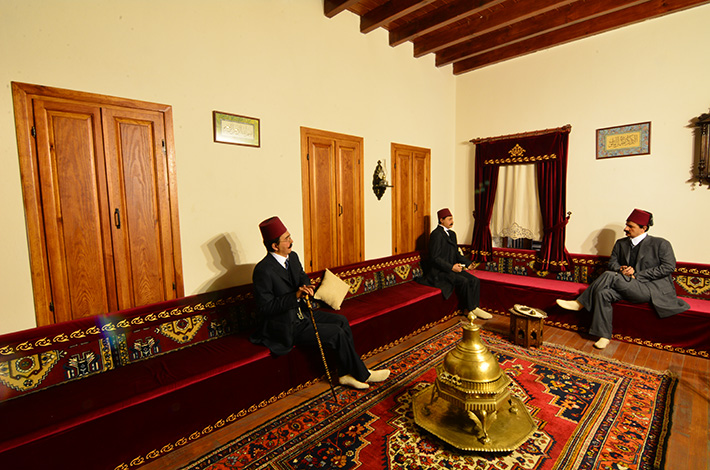The Çukurova region is known for its fertile soils and favourable geography, which has attracted several civilizations throughout history. In 1839, an imperial edict was issued granting non-Muslim societies the right to establish and manage schools and houses of worship. Consequently, a number of churches were built in Anatolian towns, including the Adana Rum (Greek) Church. Most churches in Adana and the surrounding areas, as well as the Greek churches in Istanbul and many Ottoman period churches in Anatolia, were built in a basilica plan with three inner naves. The rectangular plan is oriented east-west, and a sun symbol representing enlightenment is located on the triangular pediment at the entrance. The iron door, which has two wings, is divided into square and rectangular shapes with central floral decorations. The door features decorative column heads and a large arch. Above the west door, a marble panel displays a Greek inscription in nine lines, stating that the Greek Society constructed the building in 1845. In 1924, Halil Kamil Bey, also known as 'Alyanak,' was appointed as the Museum Director to establish the Adana Museum and exhibit the region's archaeological richness. The Madrasa of Cafer Ağa, located near the stone bridge (Taş Köprü), was designated to be used as a museum building. Due to its unusable condition, the building was destroyed, and the museum objects were relocated to this church. In 1937, the Museum Director at the time A. Rıza Yalgan added a new section for the ethnographic assets of Çukurova, and the museum was subsequently renamed the 'Adana Archaeology and Ethnography Museum'. As a result, Ali Rıza Yalgan is credited with establishing the first open-air museum in Turkey. It was a museum until 1950, then became a store when a new Archaeology Museum opened in 1972 and most of the objects were moved to the new building. Following a restoration in 1983, it was used as an Ethnography Museum. The building has undergone various transformations throughout the years. In 2008, the Ministry of Culture and Tourism began restoration works, and ethnographic objects were transferred to the Archaeology Museum. After the restoration was completed in 2015, it was reopened as Kuruköprü Monumental Museum and Traditional Adana House.
KURUKÖPRÜ CHURCH AND HICTORICAL ADANA HOUSE
